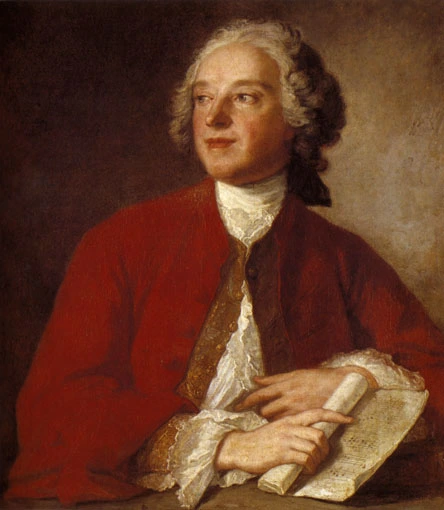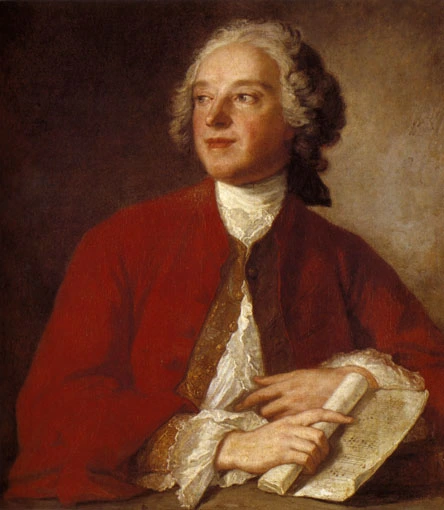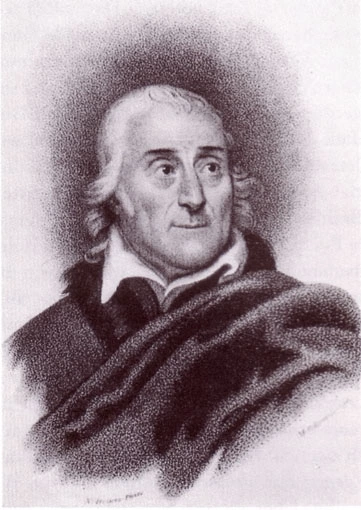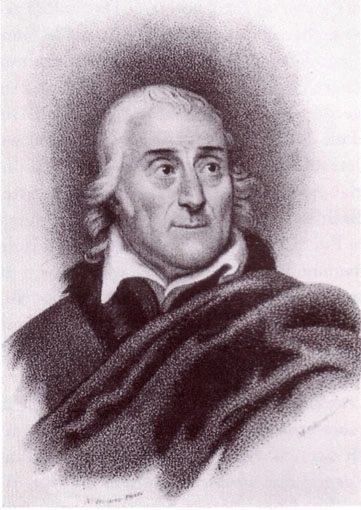The Mad Day, or the Marriage of Figaro (1786)
Mozart's opera Le Nozze di Figaro (The Marriage of Figaro) was based on Pierre Augustin Caron de Beaumarchais's play La folle journée. The play was first performed in 1784, and was the first part of the author's Figaro trilogy, to be followed by Le barbier de Séville ou la précaution inutile (The Barber of Seville, or the Useless Precaution, 1775) and L'autre tartuffe, ou la mère coupable (The other Tartuffe, or the Guilty Mother, 1792).
Beaumarchais's La folle journée included some very thinly-veiled criticism of the nobility, who he believed were exercising feudal rights which had long since become obsolete. His aim was less to attack the aristocracy as such than to satirise the “the abuses these estates perpetrate”, working on the basis that you can only change people by showing them as they are.” Beaumarchais had to contend with the French censor's office and the initial rejection of the French royal court before his play could be performed. When the premiere finally came, it turned out to be extraordinarily successful.
The play was quickly translated into German. However, plans for a production by Emanuel Schikaneder (who wrote the libretto for Mozart's The Magic Flute) had to be abandoned in the face of opposition from Emperor Joseph II.
Overture
Le Nozze di Figaro
Le Nozze di Figaro
W. A. Mozart
Beaumarchais
Le Nozze di Figaro
Le Nozze di Figaro
These difficulties prompted Lorenzo da Ponte, whose real name was Emmanuele Conegliano (1749–1838). to blunt Beaumarchais's satire accordingly when he wrote his libretto. He was also aided by the fact that an opera sung in Italian was considered rather less controversial in Austria than a play performed in German. In the end, he and Mozart actually obtained the Emperor's support for the premiere, which was held at Vienna's Burgtheater on 1 May 1786. Despite the Emperor’s approval, the work did not achieve real success until it was premiered in Prague the following year.
Strictly speaking, it would be wrong to characterise the opera as social revolutionary, or as a work with subversive tendencies. However, its message was still widely understood, not least thanks to audiences' knowledge of Beaumarchais's original play. As the Wiener Realzeitung noted: “That which cannot be spoken aloud in our times can be sung.”
Le Nozze di Figaro was the first of three operas produced as a result of the successful partnership between Mozart and da Ponte, and was to be followed by Don Giovanni (1787) and Così fan tutte (1790).
Lorenzo da Ponte
Le Nozze di Figaro
Le Nozze di Figaro
Le Nozze di Figaro
Le Nozze di Figaro
Le Nozze di Figaro
Le Nozze di Figaro




